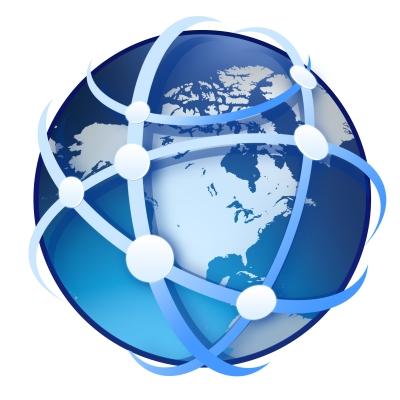3 Challenges for Embedded Technology Designers in the IoT
July 2, 2015

The momentum behind embedded intelligent connectivity continues to increase at a phenomenal rate as a result of the Internet of Things. Technologies are becoming connected across multiple devices, platforms, and networks, creating a web of communication that is revolutionizing the way we interact digitally with the world. It is changing interactions with our environment, communities, and homes; with each other; and even with our own bodies.
Due to this widespread proliferation of technology and its use in some very sensitive systems (utilities, aerospace, defense, automobiles, healthcare, financial and banking, retail point-of-sale, etc.), we should actually be designing for the Internet of Tomorrow. This IoT is the advancement of the Internet of Things, in which secure solutions exist across every touch point, from the end node to the gateway to the cloud -- producing a highly secure version of the Internet as we know it today.
![global_connectivity[1].jpg global_connectivity[1].jpg](https://eu-images.contentstack.com/v3/assets/blt0bbd1b20253587c0/blte802ca6a17379cf4/6513fcd23c60b57aeeb44de6/global_connectivity[1].jpg?width=700&auto=webp&quality=80&disable=upscale)
Whatever we choose to call it, it is estimated that the population of wireless connected devices will reach 25 billion by 2020, according to the Gartner Group. Embedded technology engineers face growing and changing demands -- demands which fall into three broad categories.
Launch Challenges
Challenges of time-to-market and time-to-revenue are nothing new to embedded system designers, and those challenges will only accelerate when designing for the IoT. Some of the systems and applications needed to support those billions of additional devices predicted for the year 2020 are only in the dream stage today.
This places a premium on such aspects as component integration and fabrication flexibility, if designers and their companies are to gain and maintain market share in the fast-developing segments of the IoT space. In their zeal to hit aggressive market windows, designers also need to remember that some of these applications will have long working lifespans (the average American car is on the road for over 11 years, for example), which make updates and relaunches major design considerations.
Design Considerations
Designers will continue to face tradeoffs. There is the need for small form factors in device, energy efficiency, and performance. Delivering real-time response capability, expected by consumers in their accelerating quest for "instant gratification," is a challenge. Designers will need to pack more processing power into smaller and more portable devices while extending battery life in order to achieve market success.
The solution requires entire scalable processor families, from ultra-low-power, low-cost solutions to processors that provide maximum performance and are highly configurable. In order to meet these IoT challenges, processor families will need instruction-set upward compatibility and performance efficiency to complement a wide variety of different IoT uses. Higher-performance system buses and caches for internal and external memories will also be common requirements.
Software Flexibility and Integrity
Gartner Group estimates that the majority of apps in the market by 2017 will be from companies less than 3 years old; these companies will likely have app, functionality, and/or domain expertise but will not necessarily know how to implement and update their software in the IoT environment, how to engineer tight security into their apps, or how to control costs as they climb the curve to profitability.
Part of the attraction to the IoT is its promise of flexibility and adaptability, as devices, users, and applications flex and grow to meet new market needs. End applications must be adaptable, having the capability to change and expand through simple-to-administer software updates, including over-the-air firmware updates and data storage needs that leverage large external memories. Software compatibility across processor lines and the ongoing growth of a supporting ecosystem of developers and support will also be needed to fully exploit the IoT.
What happens when your home security system is an end node? Your car? Your bank account? The point-of-sale system at your favorite retailer? The sensitivity of these systems drives an expectation that end devices will be secure from malicious attacks, leading to greater integrity requirements, to ensure that devices operate as expected. But to fully secure the IoT, security must be implemented at the end node, gateway, and cloud levels and within each device at each level. It begins at the hardware level within each connected device.
MORE FROM DESIGN NEWS: Engineers Need to Do More With Less
Finally, to meet the needs of mass markets, overall system costs must continue to trend downward over time, through the use of efficient design techniques and taking advantage of mass production efficiencies.
Conclusion
As time progresses and the number and variation of connected devices and applications grow, there are certain to be adaptations of SoC designs that leverage a wide range of processor configurations. Performance demands are not going to stop, and are likely to accelerate. Embedded solutions that are scalable, high-performance, and expandable will be play a key role in supporting the Internet of Tomorrow.
To learn more about the adaptable technology designed to ease the challenges embedded engineers face in the era of IoT, download the whitepaper Exploring the ARM Cortex-M7 Core: Providing Adaptability for the Internet of Tomorrow.
Donnie Garcia is Kinetis MCU Product Marketer for Freescale Semiconductor Inc.
About the Author(s)
You May Also Like





